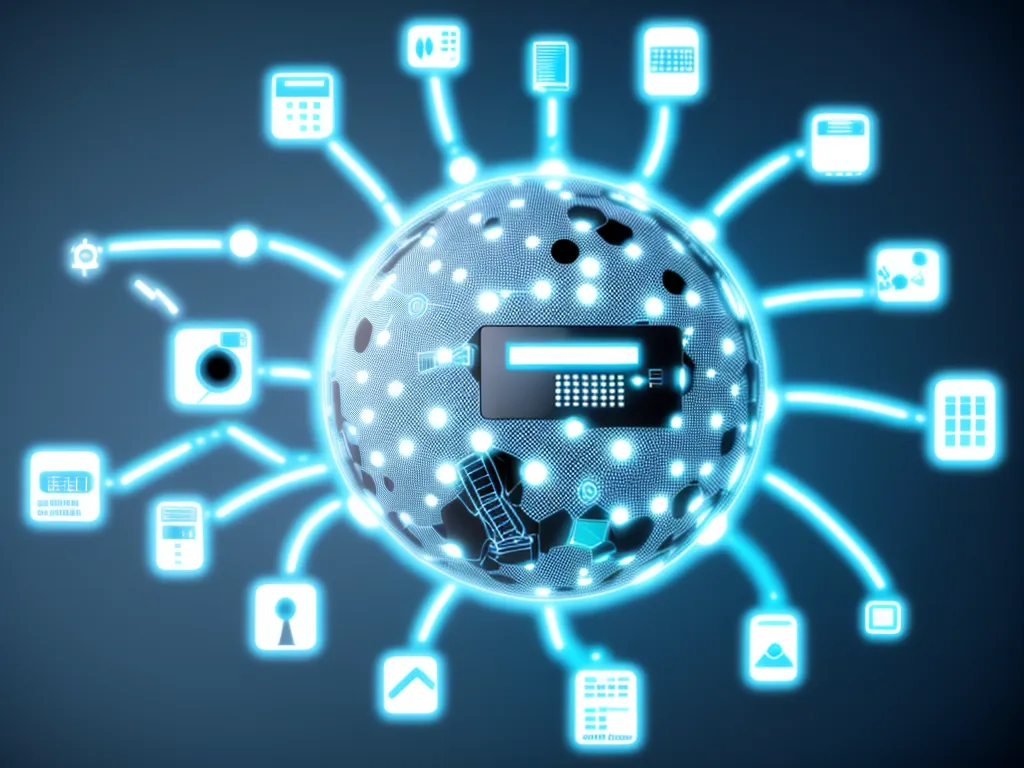
AI and IoT: How Machine Learning Enhances Connected Devices
The Internet of Things (IoT) refers to the billions of physical devices around the world that are now connected to the internet, collecting and sharing data. IoT devices include everything from smartphones and wearables to home appliances and industrial equipment. As IoT grows, the amount of data generated is staggering. This is where artificial intelligence (AI) comes in. Specifically, machine learning algorithms can derive insights from massive amounts of IoT data. AI and machine learning are critical for realizing the full potential of IoT.
How IoT Generates Massive Amounts of Data
IoT devices are equipped with sensors that generate data on location, motion, temperature, images, sound, and more. Advanced IoT devices also have actuators that can trigger actions based on algorithmic logic. Each connected device produces a constant stream of data that gets transmitted over networks to centralized servers and cloud platforms.
For example, a smart home may contain dozens of IoT devices such as:
- Smart thermostat
- Smart lights
- Smart appliances
- Security cameras
- Motion sensors
All of these devices are collecting and transmitting data on home temperature, electricity usage, appliance usage patterns, security footage, occupant motions, and more. A single home can generate gigabytes of data per day. Now multiply that by billions of homes and commercial buildings.
Challenges in Managing IoT Data
The massive amount of data produced by IoT devices leads to several challenges:
- How to securely store and transmit the data
- How to analyze the data in near real-time
- How to derive actionable insights from the data
For most organizations, it is impossible for humans alone to effectively manage the volume, velocity, and variety of IoT data. Traditional analytics and business intelligence tools also struggle to keep up.
How AI and Machine Learning Help
AI and machine learning are essential for turning IoT data into value. Here are some of the key ways machine learning enhances IoT:
Processing Data at the Edge
Sending all raw data over networks to the cloud for processing is slow, expensive, and unnecessary. AI algorithms can filter and analyze data locally on IoT devices. This “edge computing” approach only transmits useful insights over the network. It improves latency while reducing network traffic.
Detecting Anomalies
By analyzing patterns in sensor data, machine learning models can quickly detect any anomalies. This enables real-time monitoring of IoT devices to flag issues like malfunctions, cyber attacks, or other irregularities.
Predictive Maintenance
Machine learning analyzes sensor data from industrial equipment to identify signs of wear and tear. It can predict maintenance needs ahead of time, before a failure occurs. This predictive maintenance approach saves costs and avoids downtime.
Personalization
In smart homes, ML algorithms analyze occupant behaviors to customize IoT devices for optimal comfort, convenience, and energy efficiency. IoT data also enables personalized healthcare based on biometric data from wearables.
Advanced Analytics
Artificial intelligence can fuse IoT data from disparate sources and analyze it to uncover insights that drive strategic business decisions. For example, smart supply chain data can inform pricing, inventory, and logistics strategies.
Real-World Examples
Here are some real-world examples of machine learning and IoT:
- Smart energy grids use IoT sensors and ML to dynamically optimize electricity distribution.
- Autonomous vehicles rely on environmental sensors and AI for navigation and object detection.
- In retail, computer vision algorithms analyze camera footage to track customer engagement and inventory.
- Spotify uses ML to study users’ listening patterns and recommend new music.
The Future of AI and IoT
In summary, AI and machine learning are integral technologies for deriving value from massive amounts of IoT data. As IoT devices proliferate and collect ever-growing volumes of data, the role of AI will rapidly expand. Machine learning algorithms will need to become more advanced, efficient, and distributed in order to fully realize the potential of the Internet of Things. The synergy between AI and IoT will enable breakthrough innovations across industries and transform the way we live and work. Exciting new applications of IoT and machine learning continue to emerge each year. Together, they will shape the ongoing future of smart infrastructure, autonomous systems, personalized healthcare, and more.












